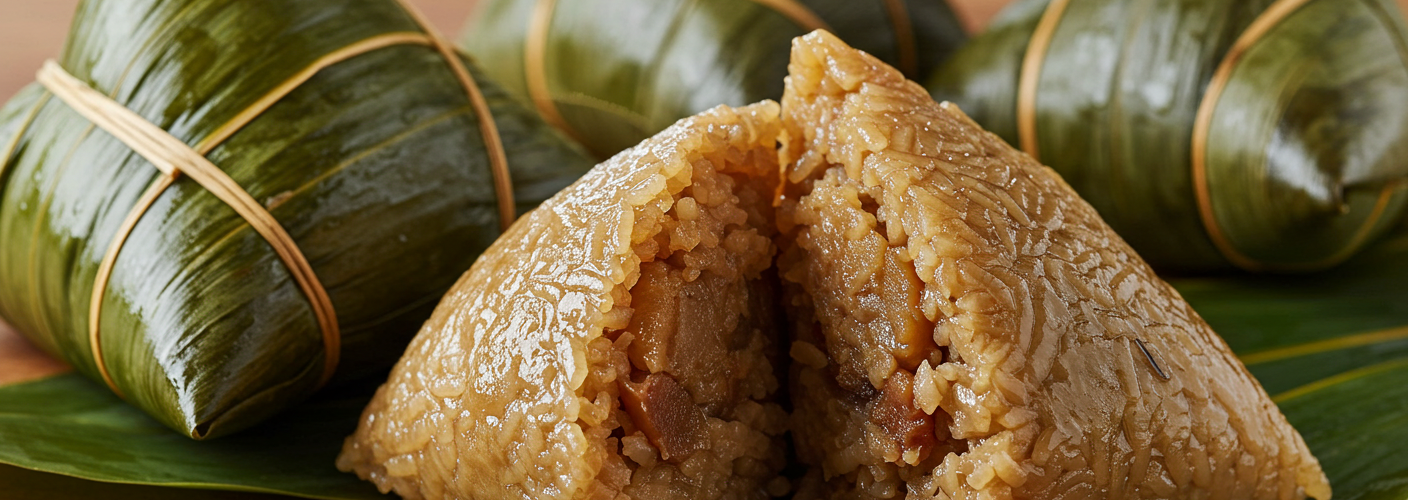As the warm winds of summer approach, the anticipation of the Dragon Boat Festival fills the air in many parts of Asia, particularly in China. Among the highlights of this cherished festival is the delicious and culturally significant dish known as zongzi. These uniquely crafted parcels of glutinous rice, often filled with an array of scrumptious ingredients and delicately wrapped in bamboo leaves, are not just a feast for the stomach but also for the spirit, carrying centuries of tradition and flavor.
What is Zongzi?
Zongzi consists mainly of glutinous rice, which is typically soaked prior to cooking, ensuring that its texture becomes soft and sticky—a perfect canvas for various fillings. The rice is then combined with an assortment of ingredients, which can range from savory meats to sweet pastries. Once the desired fillings are added, the rice is tightly wrapped in bamboo leaves, imparting a subtle fragrance during the cooking process, and secured with string. The final step involves steaming or boiling the wrapped zongzi until thoroughly cooked, creating a mouthwatering delicacy.
A Culinary Canvas of Flavor
The beauty of zongzi lies in its versatility. Traditional fillings might include marinated pork, salted egg yolks, chestnuts, mushrooms, and even red bean paste for a sweet version. This adaptability allows for personal touches, making each zongzi unique and reflective of the maker’s culinary preferences. Families often have their own cherished recipes passed down through generations, each with their own special twist—whether it’s a secret ingredient or a unique wrapping technique.
The Significance of Zongzi during the Dragon Boat Festival
Zongzi is most commonly associated with the Dragon Boat Festival, which commemorates the ancient poet Qu Yuan. According to legend, Qu Yuan drowned himself in a river as an act of protest against political corruption. To honor his spirit and to prevent fish from eating his body, local villagers threw zongzi into the water—ensuring that the fish would be distracted and would leave Qu Yuan’s body undisturbed. This historical connection has solidified zongzi’s place as a staple food during this festival.
Cooking and Enjoying Zongzi
For those looking to create zongzi at home, the process can be both rewarding and enjoyable. Start by selecting your preferred fillings and gather fresh bamboo leaves—available at Asian markets. The rice should be soaked for a few hours to ensure the right consistency. Before assembling, it’s essential to soften the bamboo leaves by boiling or steaming them briefly. The wrapping can take a few tries to master, but with patience, you’ll find a rhythm that works. Whether you choose to steam or boil, the fragrant aroma that envelops your kitchen will be irresistible.
Once cooked, zongzi are typically served with soy sauce or accompany other festival foods, making them an excellent addition to any celebratory meal. They can also be enjoyed cold or reheated, making them a convenient snack for days to come.
Conclusion
Zongzi not only provide a unique taste experience but also serve as a reminder of cultural heritage, family bonds, and the beauty of traditional culinary practices. Whether enjoyed during the Dragon Boat Festival or on any other day, zongzi continue to captivate food enthusiasts around the globe, inviting us all to partake in their flavorful journey. So, gather your ingredients, roll up your sleeves, and dive into the delicious world of zongzi—where each bite is steeped in history and heart.




Add comment